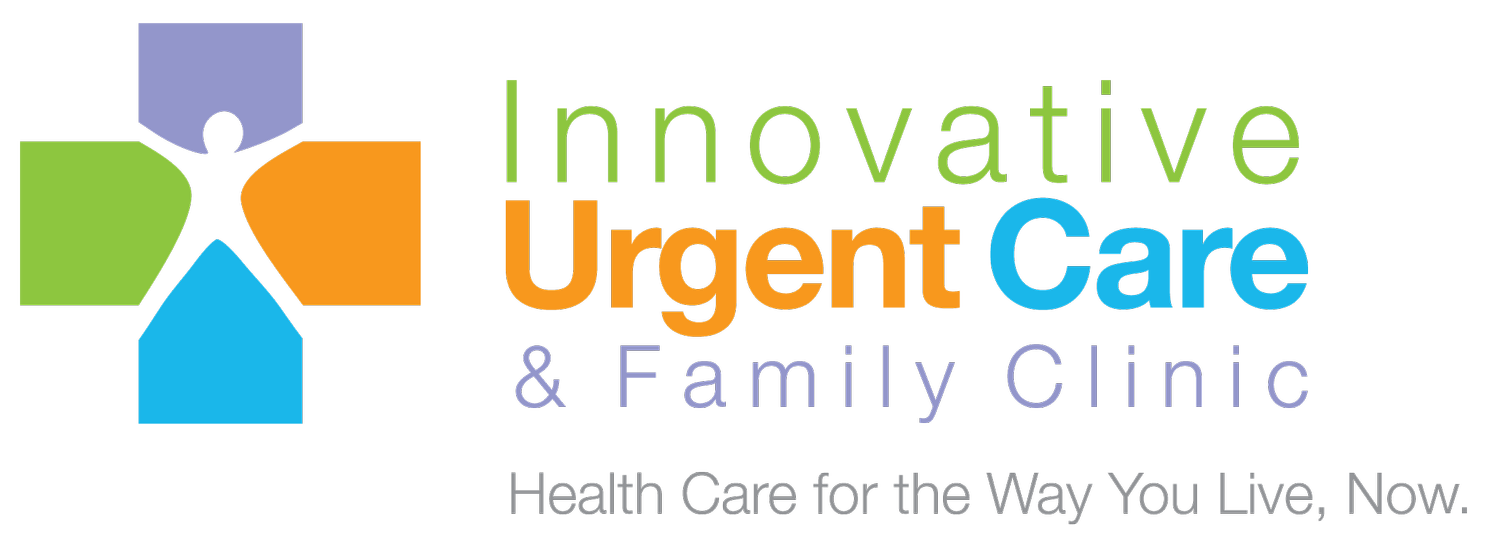Understanding Community-Acquired Pneumonia in Children and Adults
Introduction
Community-acquired pneumonia (CAP) is a respiratory infection that affects individuals of all ages, posing a significant health concern. In this educational blog, we'll delve into the causes, symptoms, and treatment options for community-acquired pneumonia in both children and adults. If you suspect you or your child may have community-acquired pneumonia, don't hesitate to schedule an appointment with us by visiting our website at www.InnovativeUC.com.
Understanding Community-Acquired Pneumonia (CAP)
Community-acquired pneumonia is an infection of the lungs that occurs outside of healthcare settings. It is caused by various infectious agents, including bacteria, viruses, and fungi. Both children and adults can be affected, but the severity of the infection and the causative agents may differ.
Symptoms of Community-Acquired Pneumonia
Children: Children with CAP may exhibit symptoms such as:
High fever
Rapid breathing or difficulty breathing
Cough, possibly with mucus
Chest pain
Fatigue and lethargy
References:
American Academy of Pediatrics - Pneumonia in Children: https://www.aap.org/en-us/advocacy-and-policy/aap-health-initiatives/immunization/Pages/Pneumonia.aspx
Centers for Disease Control and Prevention (CDC) - Pneumococcal Disease in Children: https://www.cdc.gov/vaccines/vpd/pneumo/index.html
Adults: Symptoms of CAP in adults may include:
Persistent cough
Shortness of breath
Chest pain, particularly when breathing deeply or coughing
Fever and chills
Fatigue
References:
National Heart, Lung, and Blood Institute (NHLBI) - Pneumonia: https://www.nhlbi.nih.gov/health-topics/pneumonia
Mayo Clinic - Pneumonia Symptoms and Causes: https://www.mayoclinic.org/diseases-conditions/pneumonia/symptoms-causes/syc-20354204
Causes of Community-Acquired Pneumonia
Children: In children, common causes of CAP include bacteria such as Streptococcus pneumoniae and viruses like respiratory syncytial virus (RSV).
Adults: Adults may contract CAP from various pathogens, including bacteria like Streptococcus pneumoniae, Haemophilus influenzae, or viruses like influenza (the flu) and the coronavirus responsible for COVID-19.
Prevention and Treatment
Vaccination: Vaccination is a crucial preventive measure for both children and adults. Ensure that you and your child are up-to-date with recommended vaccines, including the pneumococcal and influenza vaccines.
References:
CDC - Vaccines for Children: https://www.cdc.gov/vaccines/parents/vaccine-decision/childhood.html
CDC - Adult Vaccination: https://www.cdc.gov/vaccines/adults/index.html
Antibiotics and Antivirals: Treatment for CAP often involves antibiotics for bacterial infections and antivirals for viral infections. It's essential to consult with a healthcare professional for an accurate diagnosis and appropriate treatment.
References:
U.S. National Library of Medicine - Pneumonia Treatment: https://medlineplus.gov/pneumonia.html
Visit us for Personalized Care
If you suspect you or your child may have community-acquired pneumonia, seek medical attention promptly. Visit www.InnovativeUC.com to schedule an appointment with our experienced healthcare professionals who can provide personalized care and guidance.
Conclusion
Community-acquired pneumonia is a serious respiratory infection that can affect individuals of all ages. By staying informed about symptoms, causes, and preventive measures, you can take steps to protect yourself and your loved ones. Remember to rely on credible sources, such as .edu and .gov references, and consult with healthcare professionals for accurate information and personalized care. If you have concerns about community-acquired pneumonia, don't hesitate to schedule an appointment with InnovativeUC for comprehensive and compassionate healthcare.
